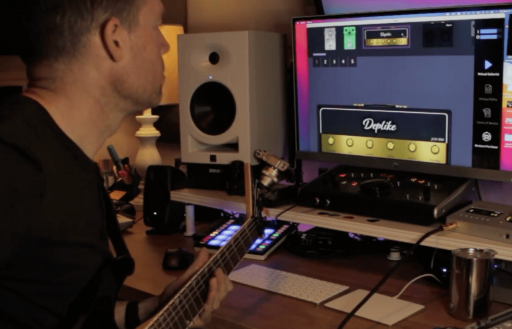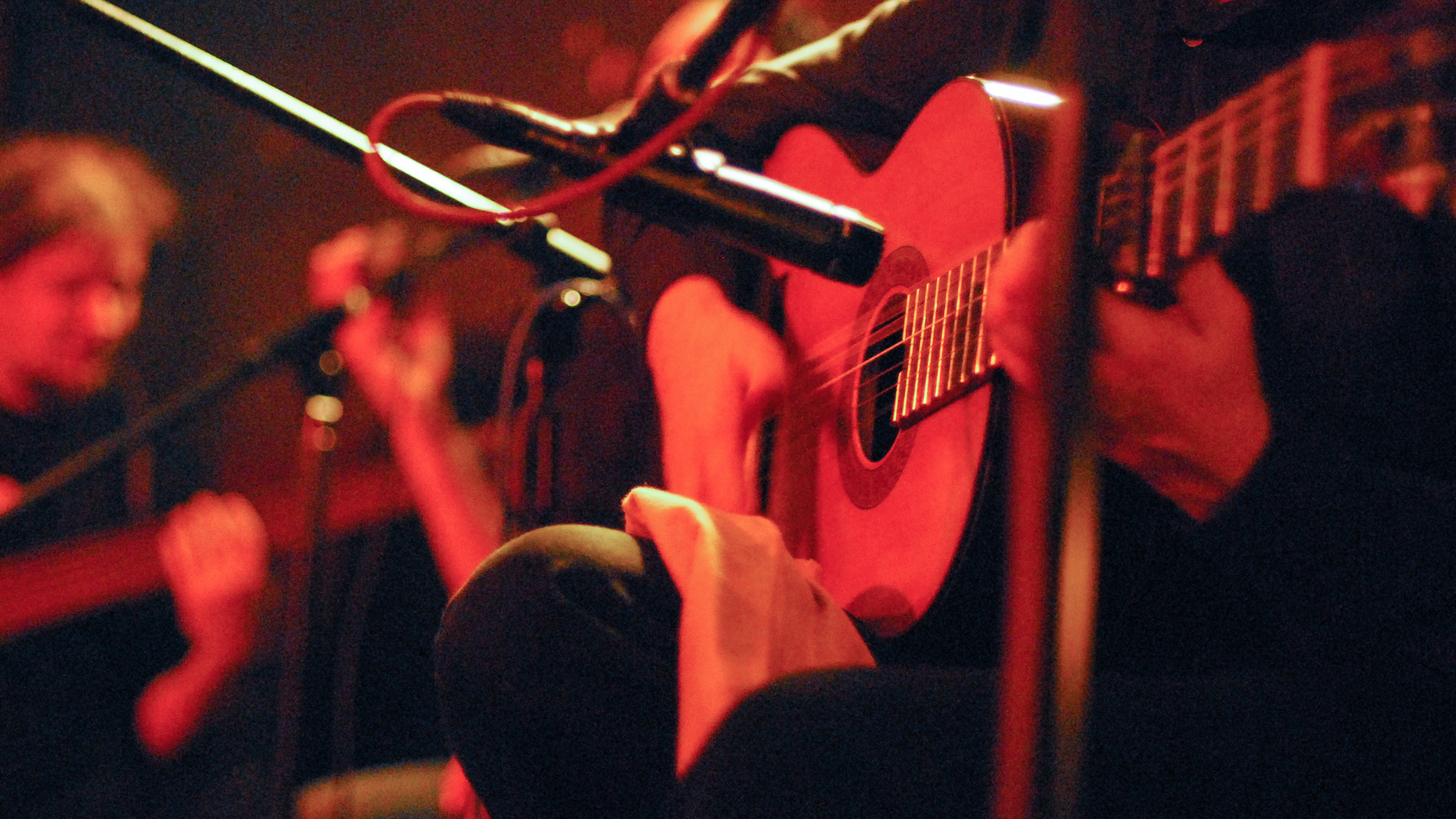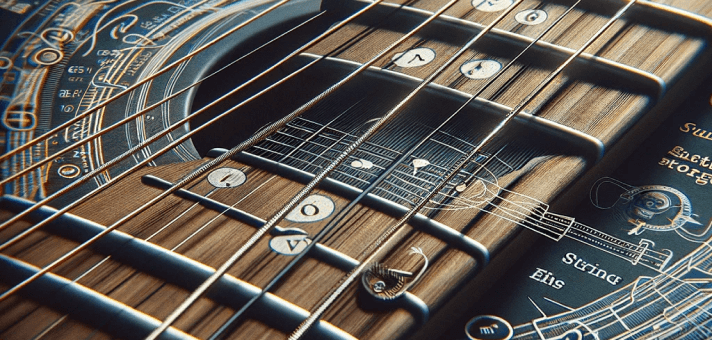Clean Mode Settings for Arpeggiation
In this blog post we will discuss about clean mode settings for arpeggiation. You probably know an arpeggio when you hear it. An arpeggio is a chord which you can play on any instrument. Arpeggios are commonly heard on any instrument, and they can be heard in various popular music pieces. From the Moonlight Sonata by Beethoven to today’s biggest hits, arpeggios can add rhythmic and harmonic depth to any genre of music. So, what is an arpeggiator?
The arpeggiator is a common feature in many modern synthesizers that allows users to play any chord by spitting out arpeggiated sequences. You can use this feature to play one or multiple notes at a time. For instance, if you want to play a basic C major chord, the arpeggiator will play an arpeggiated sequence.
Before the arpeggiator pedals existed, playing arpeggios was typically a skill that only a skilled musician could master. With the arpeggiator, it made it possible for anyone to play arpeggios effectively and consistently, which led to the creation of new music genres. We know more or less about the arpeggiator, but we should not pass without mentioning the arpeggiation, which is the area of use of the arpeggiator. But what is this arpeggiation?
What is Arpeggiation?
The term arpeggiation comes from the Italian word “arpeggiare”, which means to play on a harp. While a chord is a group of notes that are played together, an arpeggio refers to a chord that has the notes individually. By learning how to play arpeggiation, a musician will be able to gain a better understanding of musical harmony, which is in its broadest sense.
Arpeggiation is a music theory term that refers to playing notes in a different order instead of all at once. For instance, on an acoustic guitar, a player can hold a chord and pick through the notes in any order they want. For those who play the shred guitar, sweep picking is a great way to quickly and easily play arpeggiation.
A chord is polyphonic, which means that you can hear the multiple notes of a chord simultaneously. When playing a chord, you can also call it melodic or harmonic. On the other hand, Arpeggiation only plays one note at a time.
Arpeggiations are ideal for beginning musicians as they will allow them to explore the space between running scales and chord progressions. As the rhythm guitarist, they will be able to play notes in a more specific manner. As a lead guitarist, learning how to play arpeggios will allow you to tell a more meaningful story by matching the passing chords of a song or a progression.
Arpeggiated Chords
Arpeggiated chords are commonly found in music composed by the piano and the guitar. Guitarists and pianists can also play arpeggiation by arranging multiple notes at the same time. They can also arrange individual notes as well. You can apply the term arpeggiation to other instruments. Since you can play arpeggios on different instruments, they can also be applied to other forms of music.
For aspiring jazz and shredders players, this technique will require them to dig deep into the material. However, for folk and indie-rock musicians, this technique can be very helpful.
Arpeggiation or Arpeggiated Chords?
Strumming the guitar can take you places. Even with all-at-once six-string contact, it’s still important to keep in mind that arpeggiation is also an essential part of playing music. There are so many great musicians out there, but one thing that’s always important is to keep in mind is the importance of arpeggiation or the idea of arpeggiated chords. This concept is often associated with the arpeggiated chords that accompany certain songs.
There are also plenty of ways to play the guitar with your pick. You can use an alternate picking technique, fingerpicking, or both. Hybrid picking is also a great way to combine up and downstrokes. It’s also important that each note be heard individually.
What is an Arpeggiator?
Even though your computer is the main component, when it comes to composing music, you may also want to grab a synth or a controller. This will allow you to create a variety of sounds, rhythms, and melodies without having to rely on your fingers and mind.
Arpeggiators are very useful tools for musicians because they can manipulate notes and chord progressions based on the information that you provide them. For instance, they can create different intervals and note durations based on the information that they have to provide. Arpeggiators are synthesizers that allow users to input the notes of a chord and then play them back individually. They can also create different patterns and trigger simple triads by altering the order and rhythm of the notes.
Arpeggiators are also known as musical tools that use information from a variety of sources such as MIDI to cycle through notes according to their rhythm and tempo. They are commonly referred to as arpeggiators due to the concept of the arpeggiation, which is where the notes of a chord are played in sequence.
History of Arpeggiators
Two of the first synthesizers to incorporate arpeggiators were the Roland Jupiter-4 and the Sequential Circuits Prophet V. These two iconic hardware synths were released in 1978.
In the next decade, more manufacturers started to make arpeggiators available in their hardware. They eventually made their way into various genres of music, such as rock and pop.
The arpeggiator was a central part of various ’80s cultural moments, such as the basslines in New Order’s “Blue Monday” and the synth riff in Cyndi Lauper’s “Girls Just Want to Have Fun”. These are just some of the iconic moments in ’80s culture that people made famous by the arpeggiator.
The use of arpeggiators allowed people to produce music that was previously unobtainable. This included new genres such as house and techno.
Features of Arpeggiator
You can mainly use arpeggiators to cycle through the notes that you’re playing. They can also help you develop new ideas for your song by giving feedback on the tempo and rate of your notes.
Even a budget-friendly arpeggiator can come with several different arpeggiator patterns. These include ascending, descending, and random. This allows you to choose the chord that you want to sequence through the arpeggiator.
If your arpeggiator comes with a feature that allows you to switch between arpeggiated and non-arpeggiated patterns, then you can simply hit the note or chord that you want to play.
New arpeggiators come with more advanced features that allow you to change the note length and tempo of your arpeggiated sequence. They can also be used by electronic music producers to create their own unique arpeggiator patterns.
Although arpeggiation patterns are generally monophonic, some allow for the creation of polyphonic patterns. They cycle through each note individually, so they can be arpeggiated at a rate that’s determined by your input. This means that whole chord strings can be arpeggiated into a single pattern.
Aside from being able to create arpeggiation patterns, arpeggiators also allow users to cut out notes from their sequences to create syncopated musical notes. You can set octave ranges, which allows you to extend the range of your arpeggiated sequence and create some truly stunning arpeggiations.
What are Arpeggiator Tempo, Rate, and Gate?
The tempo and rate of a song are the two factors that determine how many notes are played within a given sequence. The tempo is the speed at which the whole sequence is played by the arpeggiator, while the rate is the number of notes that getting played by you.
Early arpeggiators used an outboard drum machine to determine the tempo of a song. Today, most modern arpeggiators follow the BPM of their session file and then use an internal clock or MIDI clock to determine the tempo.
You can use the rate to control the size of the arpeggiation. It can be commonly denoted in musical notation as the whole note or the half note. The faster the notes are played, the faster the arpeggiation is created.
The gate will determine the length of the note that will be sent. It will either be staccato or legato style. Short will be staccato, while long will be legato.
Automation could change these options over time like the other options. For instance, if the note length is 50% shorter, then the envelope will have a percentage option.
How to Use an Arpeggiator?
The basic principles of arpeggiators are static. For instance, if you’re using an arpeggiator plugin, the first step is to load an instance of the software on a MIDI track.
The rate and note order are the two most important factors that arpeggiators consider when it comes to creating arpeggiation. The latter helps determine the tempo of the arpeggio. Some plugins also allow you to set the volume of each note and its rhythm.
The easiest way for you to start with arpeggiators is by just experiment with them in your DAW.
Although different arpeggiators work differently, they’re basically the same. First, sync the arpeggiator to the track’s tempo. Then, set the arpeggio’s rate to determine how fast it will ascend.
Many arpeggiators also let you change the volume and rhythm of each note by clicking on a step in the grid. Just click on a step in the grid to tell the arpeggiator to play that note. Then, drag these settings up and down to adjust the volume.
Clean Mode Settings for Arpeggiation | Settings to Enhance Your Tracks Using the Arpeggiator
Now here are some tips for incorporating arpeggiation into your music:
Keep it simple: Turn every chord into an arpeggiation.
This is a simple technique that you can do without much effort. If it seems like a no-brainer, try it out and see how it can transform a song’s rhythm and melody. Just turn the thing on and let it work its magic. You can do this technique in a couple of steps, and it can help transform a song’s rhythm and melody.
Create sweeping arpeggiations up/down octaves.
They can create arpeggiations with various synthesizer arpeggiators that allow you to cycle through octaves. Some arpeggiators allow you to move notes up and down. These arpeggiations can be created with varying notes and can be used to add some serious movement to a song.
Arpeggiators are a unique way to create a countermelody.
Set up arpeggiators so that they don’t block the main melody. The goal is to keep them simple and clean so that they don’t get in the way of the main melody. You can use them to introduce some tasteful movement.
Creating depth and texture.
You can use an arpeggiator to enhance what you already have in mind. You can also use it to add depth and texture to your work. For instance, if you have a locked in chord progression, add a few notes to simplify it. Then, mix this track with the main progression to create a bit of depth and texture.
Using arpeggiator on percussion.
Aside from being great for chord progressions, arpeggiators can also be used on a percussion track for additional rhythmic accents and arpeggiator taste. Instead of creating a chord progression, try creating a drum track instead.
Clean Mode Settings for Arpeggiation | Final Thoughts
Arpeggiators are powerful tools that you can use with various electronic instruments such as synths and MIDI. Make sure to keep them in mind when working with them.
The magic of arpeggiators lies in how they respond to your input. This is why it’s essential to play with them to learn how you can use them to enhance your tracks.
Once you’re comfortable with them, you can start creating music with them that will sound great even when paired with a drum plugin. You can use it to create intense drum fills and rhythmic patterns. While playing with them, don’t be afraid to modify the parameters and shape the bass section to your liking. You can also make various rhythmic patterns and sound FX with them. Don’t waste your time, and let’s do some one-man band pieces!
Now for guitar players, how to get the guitar tone you want?
Improving your guitar playing skills requires constant work on two main items: 1. Shaping the tone with your fingers; 2. Tweaking the guitar effects and amps to shape your guitar sound.
We all want to sound like our idol, right?
Getting the guitar sound of your favorite guitarists/band can be very costly and frustrating. It can require years of expertise to achieve your desired guitar tone.
Don’t worry, you don’t actually have to break the bank and spend years to get that sound.
Deplike Guitar FX Amp Sim suite plug-in got you covered on all Windows, macOS, iOS and Android devices. All you have to do is plug your guitar and play!





